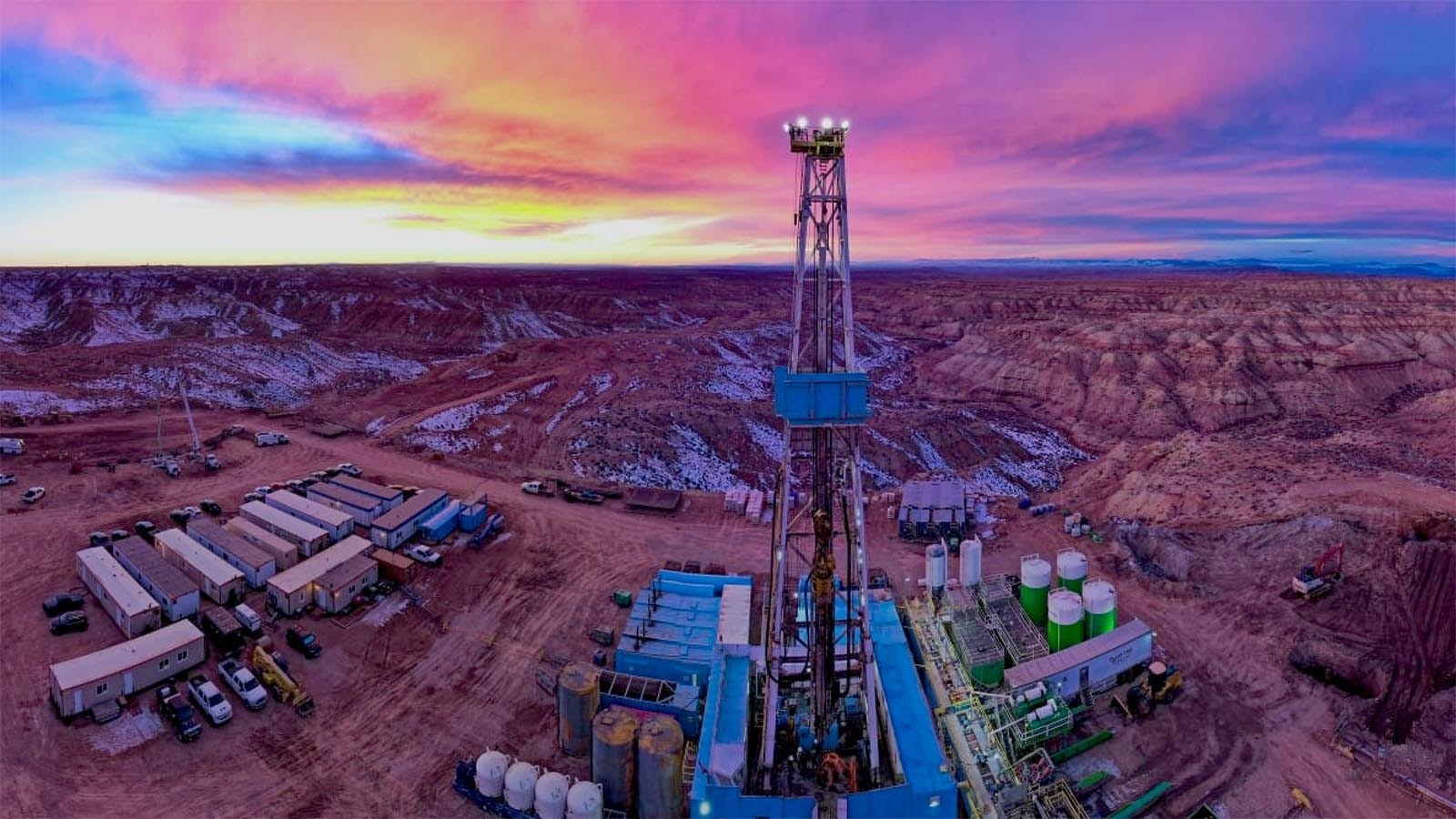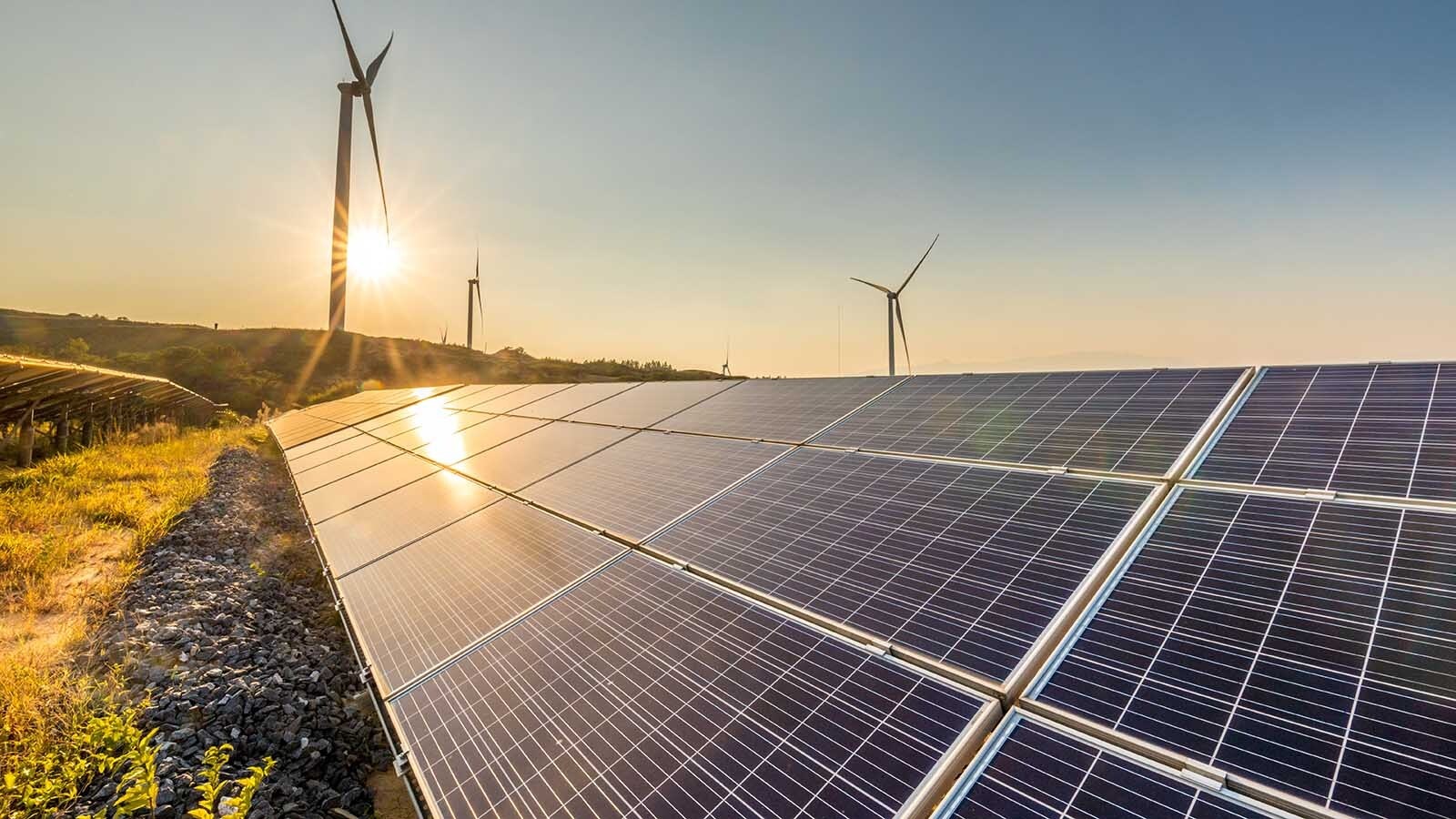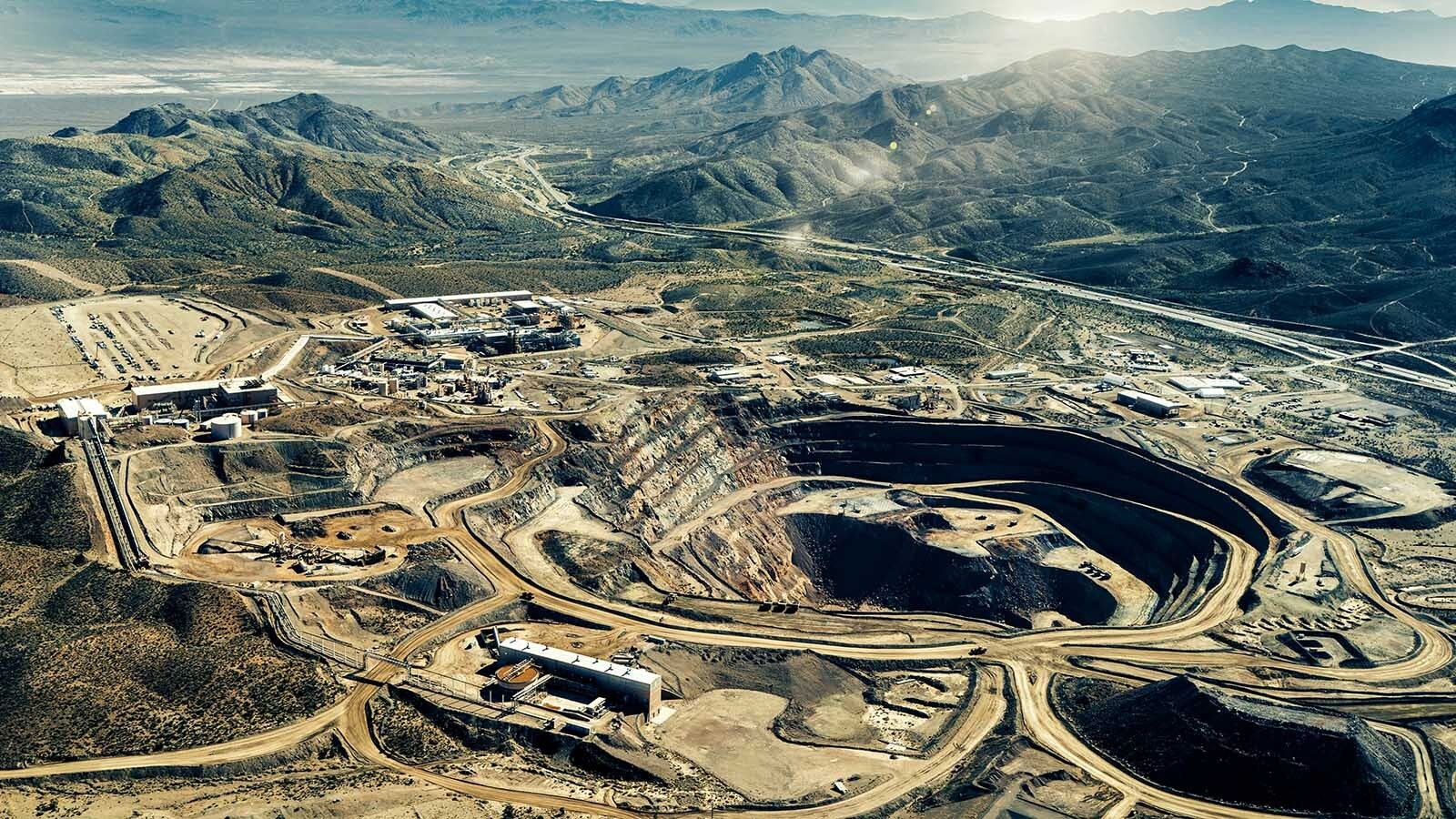Between 2000 and 2022, the world saw a slight decrease in the number of global climate-related natural disasters, according to the latest data from the International Disaster Database.
The trend is in conflict with much of the reporting on climate change, as well as claims the United Nations made in 2020.
However, the climate is a dynamic, complex system, and trying to understand it through the lens of a single metric can be misleading.
Disasters A Poor Thermometer
Dr. Roger Pielke Jr., professor of environmental studies at the University of Colorado at Boulder, told Cowboy State Daily that there’s very little to be gleaned about climate change from counts of disasters.
“Climate change is real and important, and to understand it we need to look at actual climate data,” Pielke said.
What can be concluded from the data on the number of disasters, he said, is that claims that the disasters are increasing — for whatever reason, including climate change — are not supported by the evidence.
The United Nations had reported in 2020 a “staggering rise in climate-related disasters over the last 20 years.”
Writing on his Substack on Thursday, Pielke explained that the U.N. had forecast a 40% increase in disasters from 2015 to 2030. This was based on extending a trendline from 1970.
However, the International Disaster Database explains the increase in disasters to 2000 was caused by better reporting.

Perspective Needed
In an interview, Pielke said that for this reason, the data is only complete starting from 2000.
“As reporting has improved around the world, we should expect that there still are some biases in there,” he said.
The media often report on increasing disaster costs or the number of people impacted by climate events.
Losses from disasters can increase over time because of societal changes over time.
A 1926 hurricane that hit Miami Beach in 1926 did $76 million in 1926 dollars. Compare that to the 2005 Hurricane Katrina, which did $80 billion in damage. Besides inflationary differences, the amount of development along the coasts between 1926 and 2005 would cause increases in damage costs simply by more development being impacted, regardless of changes in storm intensity.
The same is true for increases in the number of people impacted. Population numbers change over time.
“A good rule to follow: Don't use economic data or people impacted by extremes to try to say anything about climate change. Use weather and climate data,” Pielke said.
Pielke said that the data for the first six months of 2023 shows that the number of global disasters is well within the range of recent decades and perhaps lower than in recent years. That data, he said, could be updated, but it’s not expected to change much should events be added.
Trends Exaggerated
As with any dynamic system, local conditions can vary greatly. While parts of the southwest and Texas have seen waves of heat this summer, Wyoming has seen mild temperatures this summer.
Last winter, however, the extreme cold that slammed the state caused extensive losses of cattle.
“As it is globally, you're gonna see the same and you're gonna have bad years,” Cowboy State Daily Meteorologist Don Day said.
The media have exaggerated the trends in wildfires, and here in Wyoming the season has been fairly quiet.
“The wildfire season is on the low end of everything so far, but it’s not over,” Day said.





